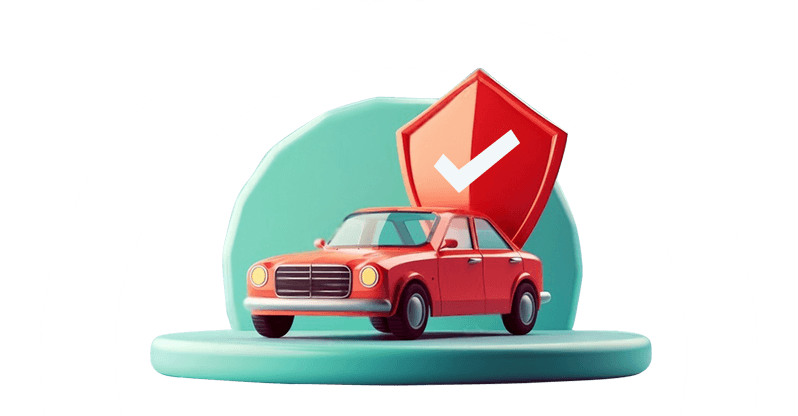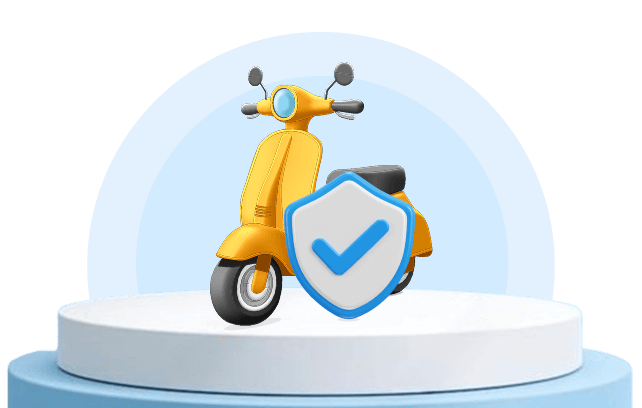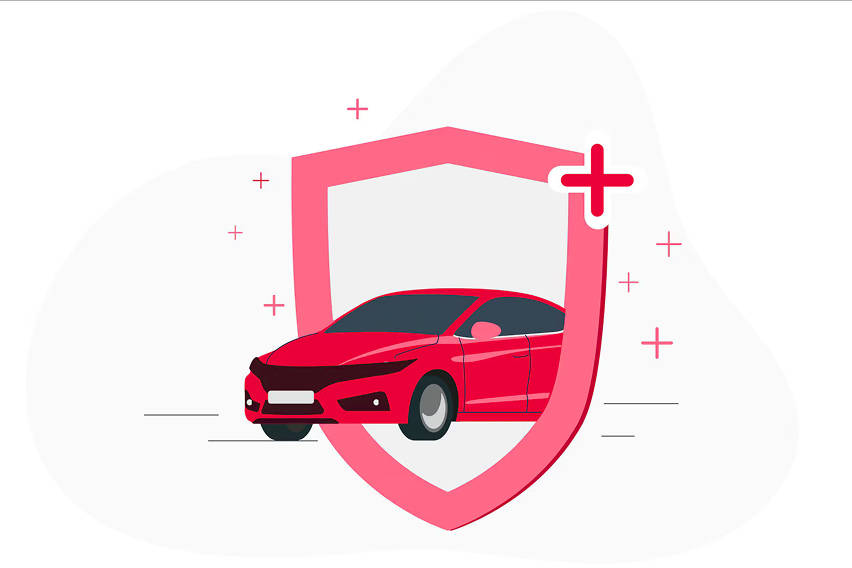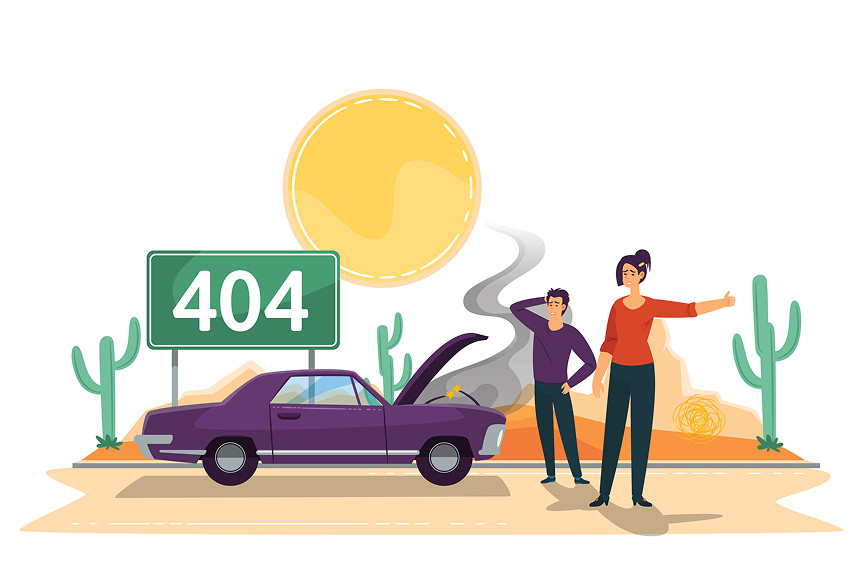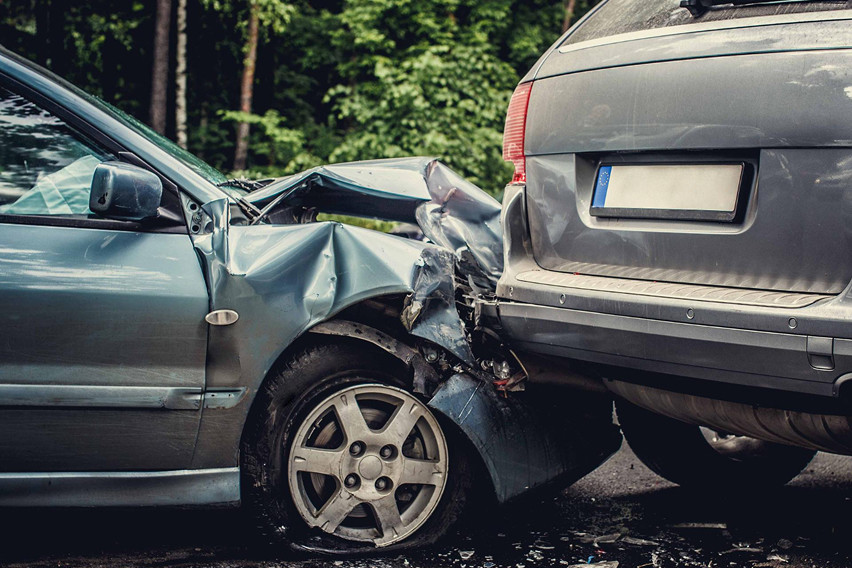
If you are reading about car insurance endorsement, then you are already a car owner and an insurance policyholder. Furthermore, we expect that you understand the importance of having your car insured and all the protection it provides. However, that doesn’t mean you can skip the car insurance overview section; you see that some topics require constant follow-up, especially with the changing commuting needs of today’s youth. Before diving into car insurance endorsements, let's have a quick recap.
Understanding car insurance in the Philippines
Whether you live in the busy, jam-packed Metro Manila or any of the provinces, having a reliable car insurance policy is essential, as it brings along financial protection in the event of an accident, theft, or natural disaster.
Type of car insurance coverage
Regarding types of car insurance, there are several options available. However, we have curated a list of 7 coverages that a car owner should be aware of for better protection of their vehicle.
|
Compulsory Third-Party Liability (CTPL) insurance: CTPL is one of the most common types of insurance that car owners purchase for their vehicles. It's essential for vehicle registration and renewal, and it’s also super affordable. Note that it only covers the person you hit (third-party) and not you (the policyholder). Comprehensive Insurance: This is one of the most popular car insurance coverages, protecting your vehicle against a variety of incidents, including fire, natural disasters, theft, vandalism, and more. It is a great option to consider if you are looking for comprehensive protection. Collision Insurance: This coverage protects the vehicle in the event of an accident involving another car. It covers the repair cost and even offers the policyholder a replacement vehicle for the duration of the repair. Uninsured motorist insurance: Many Filipinos still stick to the bare minimum CTPL insurance, with nothing else to protect them and their vehicle. The uninsured motorist insurance will protect you from such policyholders. Furthermore, it is also helpful in hit-and-run cases. Personal injury protection: As the name suggests, this type of insurance covers certain medical expenses and loss of income due to an accident. Medical payment coverage: This type of coverage is more specific than the previously discussed personal injury protection coverage. It only covers medical bills resulting from an accident, regardless of who is at fault. Roadside assistance insurance: This coverage protects emergency services, including towing, tyre change, lockout assistance, battery jump-start, and fuel delivery. |
Note that a few of the mentioned car insurance coverages can be bundled with another coverage or are already included in comprehensive coverage. Read your insurance policy documents to get complete clarity on the coverage you and your car enjoy.
 Photo from Freepik
Photo from FreepikEssential car insurance terms
As a car owner, you'll encounter several terms on your insurance documents, and it’s beneficial to understand them to read the policy more effectively. Furthermore, understanding these terms will enable you to identify errors more effectively, communicate more effectively with the adjuster, and make informed decisions.
|
Policyholder: The person whose name appears on the insurance policy. They are the ones covered under it. Premium: The amount paid by the policyholder to the insurance provider for the coverage. Deductible: It is the amount paid by the policyholder from their pocket before the claim amount is applied. Exclusions: Specific situations or items not covered by the insurance policy. Grace period: An additional time given to the policyholder to pay the premium if the due date is missed. Adjuster: An Individual assigned by the insurance company to investigate and process the claim. Acts of God coverage: Usually offered as an optional coverage that protects the insured vehicle against natural disasters like floods, typhoons, earthquakes, etc. Policy limit: The maximum amount of money the insurer will pay against a claim. |
There is one more essential term that a car owner (policyholder) must know, i.e., endorsement. Since this very term is the focal point of this article, we’ll be discussing it in detail.
So, let’s begin…
Car insurance endorsement
What is a car insurance endorsement? In simple terms, it refers to the act of change or amendment to your existing car insurance policy.
So, whenever there is an error in the policy documents, instead of cancelling the existing policy and getting a new one, endorsement is the way out. It allows you to correct or update the information in question while keeping the rest of the policy as is.
Are endorsements critical for an insurance policy? Yes, as your insurance policy is a crucial legal document, even a minor error can lead to significant issues during the claim process.
Here are some common scenarios requiring endorsement -
- Error in personal details like misspelt name, change of address or contact number, etc
- Correction required in vehicle details like engine number, chassis number, registration number, license plate number, colour, model name, etc
- Updating the change in vehicle usage, i.e., from private to commercial or vice versa
- Changes in the authorised drivers list, getting a name added or removed
- No Claim Bonus not computed correctly
- Error in premium calculation
- Updating the fuel mode of the vehicle
- Updating alterations made to the vehicle’s interior, exterior, or safety
- Including add-ons to the policy
If your insurance policy is facing any such issues, no need to panic. Endorsement is a quick and easy fix you can opt for.
 Photo from Freepik
Photo from FreepikStep-by-step guide for car insurance endorsements
Step 1: After receiving the insurance policy, carefully review the fine print. Make sure to skip no key details like personal details, policy terms & conditions, inclusions & exclusions, vehicle details, etc.
Step 2: In case of an error, collect the proof of information to be corrected. For instance, vehicle OR/CR, valid government-approved ID, etc.
Step 3: Contact your insurance agent or call the insurer’s hotline and report the error.
Step 4: The insurer will send you an endorsement form; ensure it’s duly completed and submitted back.
Step 5: Wait for a few days, and the insurer will contact you with the revised policy. Review the updated policy and ensure all errors are corrected.
Tips to avoid errors in the first place & spot one in your policy
- Before signing the policy papers, ensure that you double-check all the information to prevent any mistakes. If you are reviewing the policy online, request a hard copy (or vice versa); it will help you spot mistakes.
- Be sure to notify your insurance provider about any minor changes or modifications to your policy.
- Keep all relevant documents, such as the vehicle OR/CR, part insurance documents, and valid ID, organised and readily accessible.
- Review your policy from time to time, especially when you first receive the policy and when you renew the insurance.
- Focus on key areas, such as your details, vehicle specifications, insurance coverage amount, and driver’s information.
Bottom line
Getting your car insured is essential, and equally important is to ensure that all the information mentioned in the policy is correct and up to date. Therefore, it is advisable to thoroughly read your policy after receiving it from the insurer. Review your details, check for spelling errors, and verify that the vehicle information is accurate. Also, review the NCB and premium amount to ensure there are no errors in the calculation.
Apart from errors, if the car has undergone any sort of modification, minor or significant, make sure to report it to the insurer; if required, you’ll be asked to create an endorsement. Don’t take stress, endorsement is a simple process requiring no significant paperwork or multiple phone calls. However, failing to make corrections or update your policy can result in delays or denials of claims.
So, don’t be lazy. Check your policy today and, if needed, request a correction as soon as possible.
FAQs
Q1. How much does it cost to get an error in the insurance policy corrected by the insurer?
And. It depends on the insurer. Usually, endorsement requests due to errors on the part of the insurer are free; others, such as adding or upgrading policy terms, are not. Additionally, some endorsements may require extra premiums. It is advisable to ask your insurer about the cost before requesting changes.
Q2. What is the validity of an insurance endorsement?
Ans. The validity of an endorsement usually extends until the policy expires. However, the specifics may change based on the policy terms and conditions, as well as the type of endorsement.
Q3. How many endorsements can a policyholder make?
Ans. During the policy's validity period, the insured may only make one or two endorsements. Note that making frequent changes can create confusion during record updates, which can lead to a problematic claim process.
Q4. I recently modified my car. Does it call for endorsement in the insurance policy?
Ans. Any modification made to the insured vehicle should be reported to the insurer; the relevant personnel will then determine whether the alteration requires an endorsement.
Q5. What impact does endorsement have on the premium?
Ans. It all depends on the type of endorsement; it may raise or lower the premium.
Q6. I would like to correct my insurance policy. Who can help me in the process?
Ans. You can follow the step-by-step guide mentioned above to complete the endorsement process. Otherwise, your insurance agent or a customer care representative will guide you through the process.
Q7. I recently changed my car’s colour. Do I need to endorse this change?
Ans. Yes, any change or modification made to the vehicle, including visual and registration-based changes, needs to be updated in the policy.
Q8. Can an endorsement be added to a car insurance policy online?
Ans. It depends on your insurance providers and the endorsement facility they offer to the clients.
Q9. What is the timeline of the car insurance endorsement process in the Philippines?
Ans. The car insurance endorsement process in the Philippines usually takes 1 to 5 days, depending on the insurer and the type of endorsement.
Q10. If my policy has an error, will my claim get denied?
Ans. Yes, for sure. An insurance policy with errors or incorrect information can lead to a delay and even the denial of a claim.
Also Read: Looking to cut insurance costs in 2025? Consider buying one of these cars
